If the starter does not work when the ignition key is turned to position “II”, there may be a malfunction of both the starter itself and its activation circuit
To check, turn off the ignition and disconnect the wire block from the terminal of the starter traction relay windings.
Using a screwdriver, we bridge the terminal of the traction relay windings and the tip of the wire connected to the positive terminal of the battery.
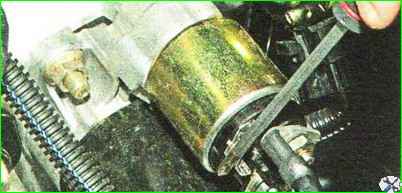
Care must be taken when carrying out this operation, as sparking may occur in the area where the terminals are closed.
Do not connect the screwdriver to ground while closing the terminals!
If the crankshaft rotates, then the starter is working, and the cause of the malfunction is a violation in its activation circuit.
Otherwise, the starter or its traction relay is faulty.
If it is not possible to eliminate the malfunction in the activation circuit of a working starter, then, if necessary, in this way (by turning on the ignition and closing the terminals), you can start the engine and drive to the repair site.
A malfunction in the starter switching circuit may be caused by damage to: the starter relay, the power circuit, or the ignition switch contact relay control circuit.
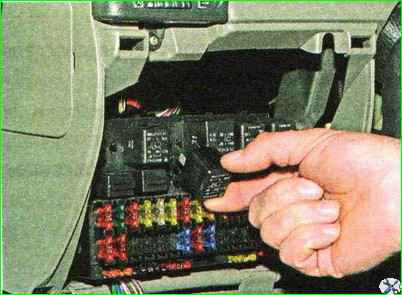
To find a fault in the starter activation circuit, remove the starter relay from the mounting block.
To check the starter relay, install a known-good relay type 902.3747-11 in its place.
To do this, you can use the adjacent power window relay.
If the starter turns on with the newly installed relay, then the starter relay has failed and must be replaced.
Otherwise, you need to check the power circuit and the starter relay control circuit.
To check the power circuit, remove the starter relay from the mounting block.
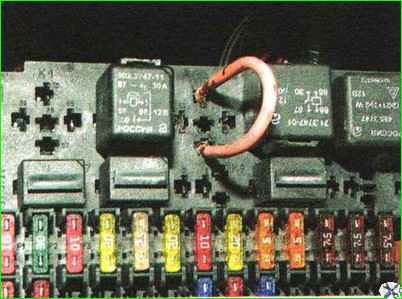
Insert a jumper (piece of wire) into the sockets of the power contacts of the relay “30” and “87”.
Turn the ignition key to position “II” - “starter”.
If the starter turns on, the power circuit is working, if not, then use the tester
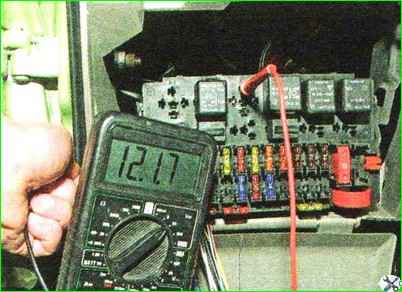
Check whether “+12 V” is supplied to socket “30” of the starter relay when the ignition key is in position “II”.
In this case, the second (“negative”) tester probe can be connected to the door opening limiter mounting bolt.
If voltage is supplied to socket “30”, use a tester to check the integrity of the circuit from socket “87” of the starter relay to the tip of the starter traction relay control wire.
If voltage is not supplied to socket “30”, check the circuit from terminal “50” of the ignition switch to socket “30” of the relay.
If the circuit is in good condition, it is necessary to replace the ignition switch contact group.
If the starter power circuit is working properly, we check the starter relay control circuit - to do this, insert the tester probe into socket “86” of the starter relay, connect the second tester probe to ground.

Check with the ignition switch on. Is “+12 V” supplied from the main relay of the engine management system to socket “86” of the starter relay
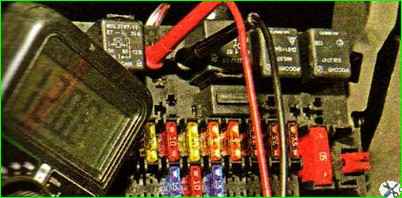
Then we insert the tester probes into sockets “86” and “85” and check whether there is ground in socket “85” of the relay connected to terminal “50” of the controller.
Otherwise, we check the integrity of the starter relay control circuits from the main relay of the control system and output “50” of the controller - respectively to sockets “86” and “85” of the starter relay.





